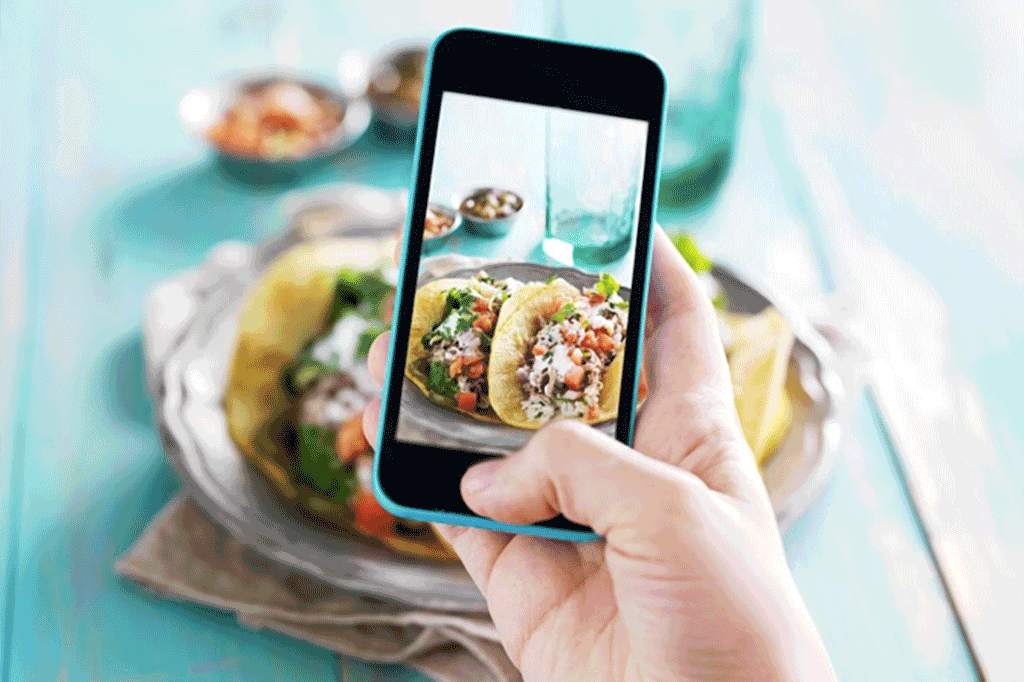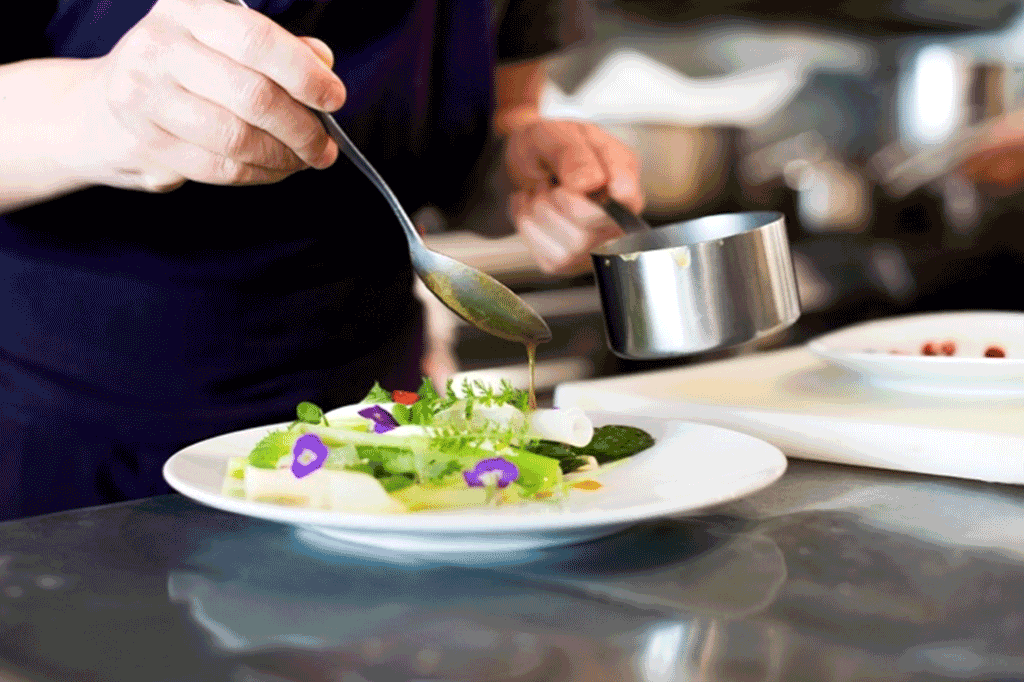Reducing food waste is one of the biggest challenges faced by the restaurant industry, and has many destructive impacts. Food waste is not only environmentally and socially damaging, it is also harmful from a business perspective, with more climate-conscious consumers than ever making choices based on their environmental impact. Indeed, our food production system takes a significant toll on the planet, with 30% of greenhouse gas emissions attributable to it. Furthermore, according to statistics from the European Union, 58 million tonnes of food waste are produced in Europe every year*, most of which occurs during consumption at the household level, or in restaurants.
Are you aware of your restaurant’s food waste? Do you know how to reduce it? Get some tips to improve your restaurant’s sustainability by reducing food waste. The planet and your guests will thank you!
*eu-fusions.org
The impact of food waste in restaurants
Identifying constructive approaches to reducing food waste can have a staggering impact on how your restaurant operates.
Estimates suggest that 18% of ingredients purchased by the hospitality sector are wasted. This practice has a high economic and environmental cost.
Furthermore, the overproduction of food releases CO2 into the atmosphere, which contributes to making the UK the third largest producer of greenhouse gases after China and the US.
As you will already be aware, this issue deeply impacts the world we live in, only to produce a surplus of food that, is often thrown away.
But how can you reduce food waste in your restaurant? Could it even be possible to be more productive without less waste?
Keep reading to find out!

How to reduce food waste in restaurants?
You can start your battle against food waste with an operational overhaul: 84% of restaurants claim to have already implemented sustainable measures to address food waste.
Train your staff on waste management
First, it is essential to help your team understand the importance of waste management and to show them how they can have a significant impact on the environment.
You can train your staff on the best ways to manage food storage and properly preserve your raw materials. Education is key to ensuring that things are done right long term.
Conduct a food waste audit
Audit your restaurant’s food waste. Make sure that your restaurant’s stocks are well-monitored, and analyse leftovers to draw up a waste record. This will help you order less and optimise your food storage facilities.
Optimise menu and portion sizes
Keeping a sustainable mindset in the kitchen is crucial to reducing food waste. Based on analysis of your leftovers, you can change menu items according to diners’ preferences. Replace products frequently left on plates with other ingredients, or even remove them from your menu entirely. Also, consider reducing your portion sizes.
You can also get creative to make the most of leftover food and products with a short shelf life: find new ways to cook them or incorporate them into staff meals. Do keep in mind that safety and quality must always be at the top of your agenda.
Use of seasonal and local products
Try your best to offer seasonal products, which, besides being tastier for your diners, will have a substantial positive impact on the environment.
According to a study by TheFork, more than 70% of respondents now pay more attention to their food sourcing and quality (sustainable, organic food, etc.) and 30% have changed their food provider since lockdown to partner with more sustainable vendors. Try searching for local farms around you to get good products for a fair price. 52% of restaurants are already paying more attention to the origin of their ingredients, and 15% have already taken the plunge by changing suppliers for more eco-conscious options.
You can find more information on how to reduce your restaurant’s carbon footprint in this article.
Engaging customers in reducing food waste
Now that you have audited your kitchen practices, there are many good ways to communicate your restaurant’s sustainability to your diners. This is a great way to benefit from broader customer engagement since flexitarian, vegan, and vegetarian customers are attractive targets for restaurant managers.
Promote sustainable choices
Highlight dishes made with seasonal and locally sourced products, enhanced on your menu by delicious images or appetising descriptions. Try adding an underline, or further advertising them with “We recommend” or “Frequently ordered” notes.
Customers are attracted to dishes promoted as the best of the day on platforms such as rotating chalkboards because they understand that this is where they will find the freshest produce.
Offer vegetarian and vegan options
Offer your guests vegetarian or vegan options. Being “veggie-friendly” will help your restaurant stay up-to-date with culinary trends.
Consider meal plans that include new dishes and drinks suitable for these dietary requirements. This article offers more ideas about dishes, drinks, decoration elements, and communication tips below.

Encourage use of doggy bags
Encourage the use of doggy bags in you











